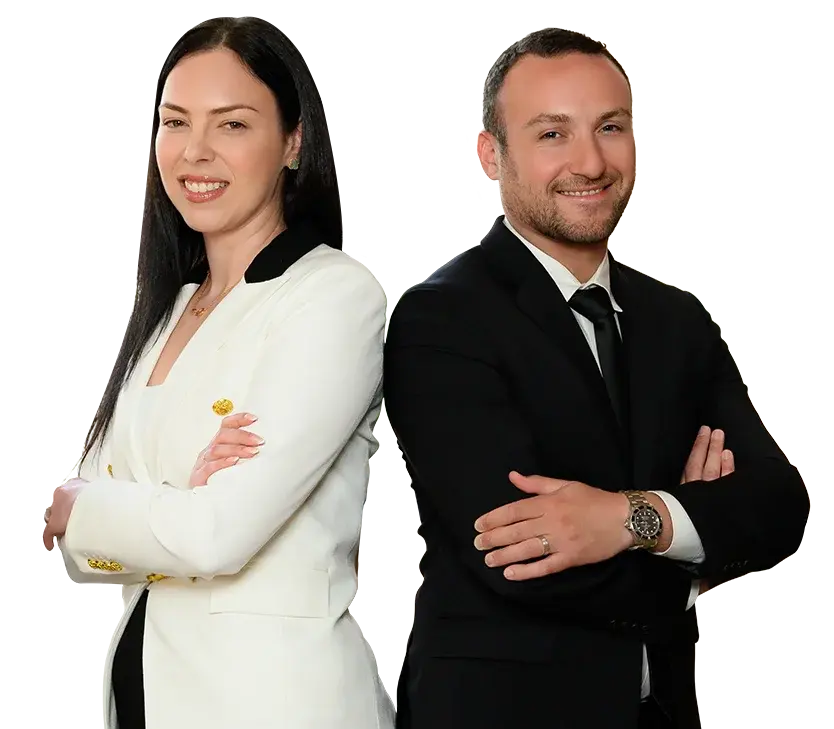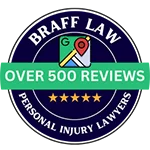Representing people, not corporations.
California Personal
Injury Lawyers
Our clients are our priority, and we work with the best experts in the field to help win our cases.
⭐️⭐️⭐️⭐️⭐️
FREE CASE CONSULTATIONS
☆ ☆ ☆ ☆ ☆
NO ATTORNEY FEES UNLESS YOU WIN
⭐️⭐️⭐️⭐️⭐️
EXCELLENT CLIENT SATISFACTION
⭐️⭐️⭐️⭐️⭐️
Reach our Team 24/7.
We’re here for you!
⭐️⭐️⭐️⭐️⭐️
ENGLISH AND SPANISH SPEAKING REPRESENTATIVES

The Injury Law Firm you Deserve
The Injury Law Firm you Deserve
Our personal injury law firm has assisted numerous clients, recovering
millions of dollars in verdicts and settlements on their behalf. Picking the appropriate personal injury law firm is a crucial choice that will have a considerable impact on your ability to get the compensation you are entitled to.
Our law firm is open 24/7 to handle your legal concerns. Get a no-cost, no-strings-attached case review now.




Free Case Evaluation
$1.1 M
Motor Vehicle Accident
$975 K
Construction Accident
$750 K
Motor Vehicle Accident
$360 K
Motorcycle Accident
Get your injury case reviewed for free
If you were hurt in an accident due to someone else’s negligence, you have the right to seek compensation through a personal injury claim.
At our law firm, we’re committed to standing by your side, guiding you through the legal process and helping you obtain the justice you deserve. We’re here for you, 24/7, ready to help.
What Our Clients Say
Types of Personal Injury Cases We Handle
In case you have been hurt in a motor vehicle accident (MVA), slip and fall accident, dog bite, bicycle, motorcycle or pedestrian accident, our personal injury lawyers can support you with filing a claim in a timely manner.
We have achieved a reputation as an assertive injury law firm, fighting for the rights of those injured. Insurers are in the business of making money and will do everything within their ability to reduce the monetary worth of your claim and even potentially undermine your damages.
Don’t stress about upfront costs. Our injury law firm works on a success-based basis, that means you pay us NO FEES until we are successful in your lawsuit.
How much does it cost to hire your personal injury law services?
We understand that the financial aspect of hiring a personal injury attorney can often be a source of concern. We believe, however, that everyone deserves access to quality personal injury legal representation, regardless of their financial circumstances. That’s why our firm operates on what’s known as a contingency fee basis.
In simple terms, this means that you do not have to worry about any upfront costs or hourly fees when you hire us to represent you. Instead, our payment comes as a portion of the final settlement or court award that we secure on your behalf. We only get paid when you receive compensation. If we don’t win your case, you owe us nothing.
We firmly believe that this approach serves the best interests of our clients. It reassures you that we are motivated to work diligently on your case and fight for the best possible outcome. After all, our success is directly tied to yours. Plus, it removes the financial risk from your shoulders and allows you to focus on your recovery while we handle the legal complexities of your case.
By structuring our fees in this manner, we aim to make the process of pursuing a personal injury claim less stressful and more accessible for everyone. We’re here to help you navigate this difficult time and fight for the justice and compensation you deserve. So, remember, with us by your side, you can seek legal help without worrying about the cost.
Which locations do our personal injury lawyers serve?
Our experienced personal injury attorneys manage a wide range of injury law cases, covering MVA (motor vehicle accidents), pedestrian incidents, motorcycle accidents and bicycle crashes, slip and fall and dog bite accidents. If your pain and suffering is caused by any form of carelessness, you may have the right to go after compensation. If you have been injured in San Clemente, La Verne, Gilroy or Apple Valley. Our personal injury law practice is ready 24/7 to address your legal queries. Get a no-obligation no-cost case assessment right now!
What you get with our Personal Injury Lawyers
Free Initial Consultation
We offer a free initial meeting to discuss the potential of your case.
24/7 Accessibility
We provide round-the-clock service, always ready to answer your questions and address your concerns.
Local Presence
We are located near you. You won't have to worry about long travels to meet any of our staff members.
Contingency Fee Basis
We only charge fees if we win your case, meaning no upfront costs for you.
Personal Injury Experts
Our firm focuses exclusively on personal injury law, providing specific expertise.
Multilingual Staff
Our lawyers and support staff speak multiple languages, ready to assist everyone.
Track Record of Success
We can demonstrate a consistent history of successful settlements and verdicts.
Dedicated Case Manager
Each client is assigned a dedicated case manager, guaranteeing a personalized service.
Over 500 Google Reviews
We have earned the trust and satisfaction of our clients, a fact reflected in the reviews on our Google Maps listings.
